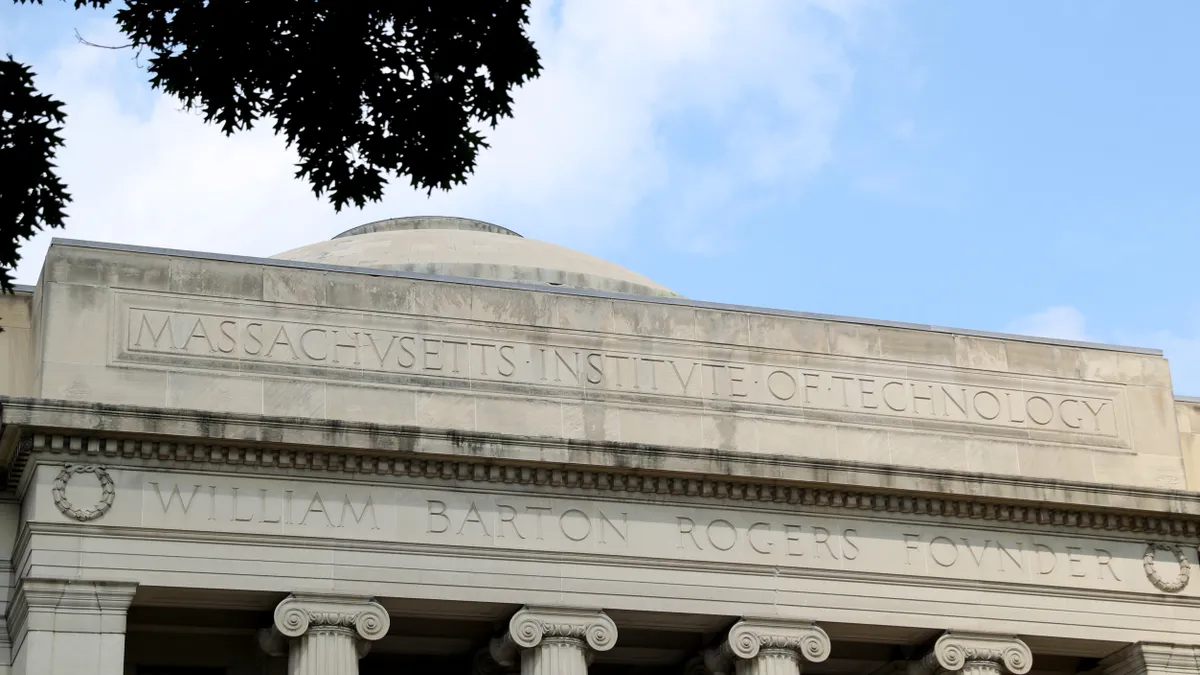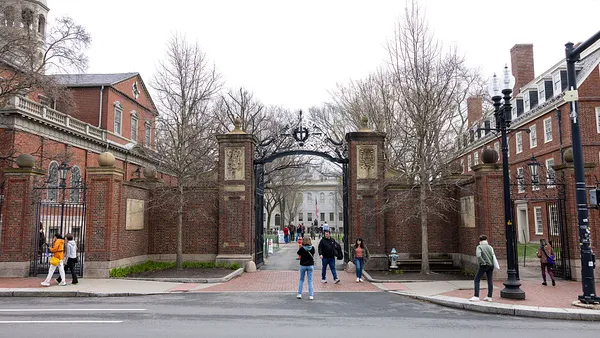Dive Brief:
- A recent survey of around 100 colleges found that three quarters had at least some information on their websites about emergency aid available to students through the Coronavirus Aid, Relief, and Economic Security (CARES) Act.
- The survey, conducted by The Institute for College Access and Success, found about half of schools that posted information described the steps students needed to take to get the money, while a third offered guidance for students looking for aid.
- The report offers a snapshot of how colleges are distributing the funding to students, a process schools say has been confusing because of the U.S. Department of Education's changing restrictions.
Dive Insight:
The funds in question represent just under half of the $14 billion Congress allocated to colleges through the CARES Act. They are earmarked for students disadvantaged by the virus.
TICAS noted that the funds were distributed to colleges with relatively few strings attached, minus contentious restrictions on which students could receive the money.
Schools that got funds must tell the department how they're distributing them to students. TICAS randomly selected 100 schools to evaluate, divided evenly among public two- and four-year, nonprofit and for-profit institutions.
The group found "significant variation" in the volume and usefulness of the information colleges provided about the money. They also noted differences in how the schools were dividing it, with some basing allocations on students' estimated family contributions and others considering students' financial need as a result of the pandemic.
Of the schools to post information, 89% explained the eligibility criteria for the money. Around 45% explained how award amounts are determined, and 32% posted a deadline for students to apply. Slightly more colleges told students they would allocate the money via an application process than would automatically award it, though those were the two most common methods for distributing funds.
More than half of public colleges posting information explained how the amount of each students' award was decided. Less than half of private colleges did the same.
Colleges were in "unfamiliar territory" this spring as they sought to figure out how to distribute the emergency aid, TICAS wrote. The group encouraged colleges to keep students informed of how to access the aid and provide the money quickly to students, prioritizing those with the greatest need. TICAS also advised that colleges use their communications about CARES Act funding to make students aware of other aid and support available through the institution.
Colleges and higher ed groups have said their ability to get money to students was complicated by shifting eligibility requirements for the funding.
The department attempted to block students who weren't eligible for federal financial aid — including unauthorized and international students — from accessing CARES funds. In June, it issued a temporary rule intending to achieve through regulation what it couldn't through earlier guidance. The initial announcement of the funding, in April, did not restrict which students could get the money.
At least two lawsuits have emerged pushing back against the decision, with judges ruling to block its implementation in Washington state and among California's community colleges.
TICAS called on the department to pull back the eligibility restrictions and enforce requirements that colleges report how they distributed the money to students. And it asks Congress to ensure institutions get to decide which students can receive funds.













